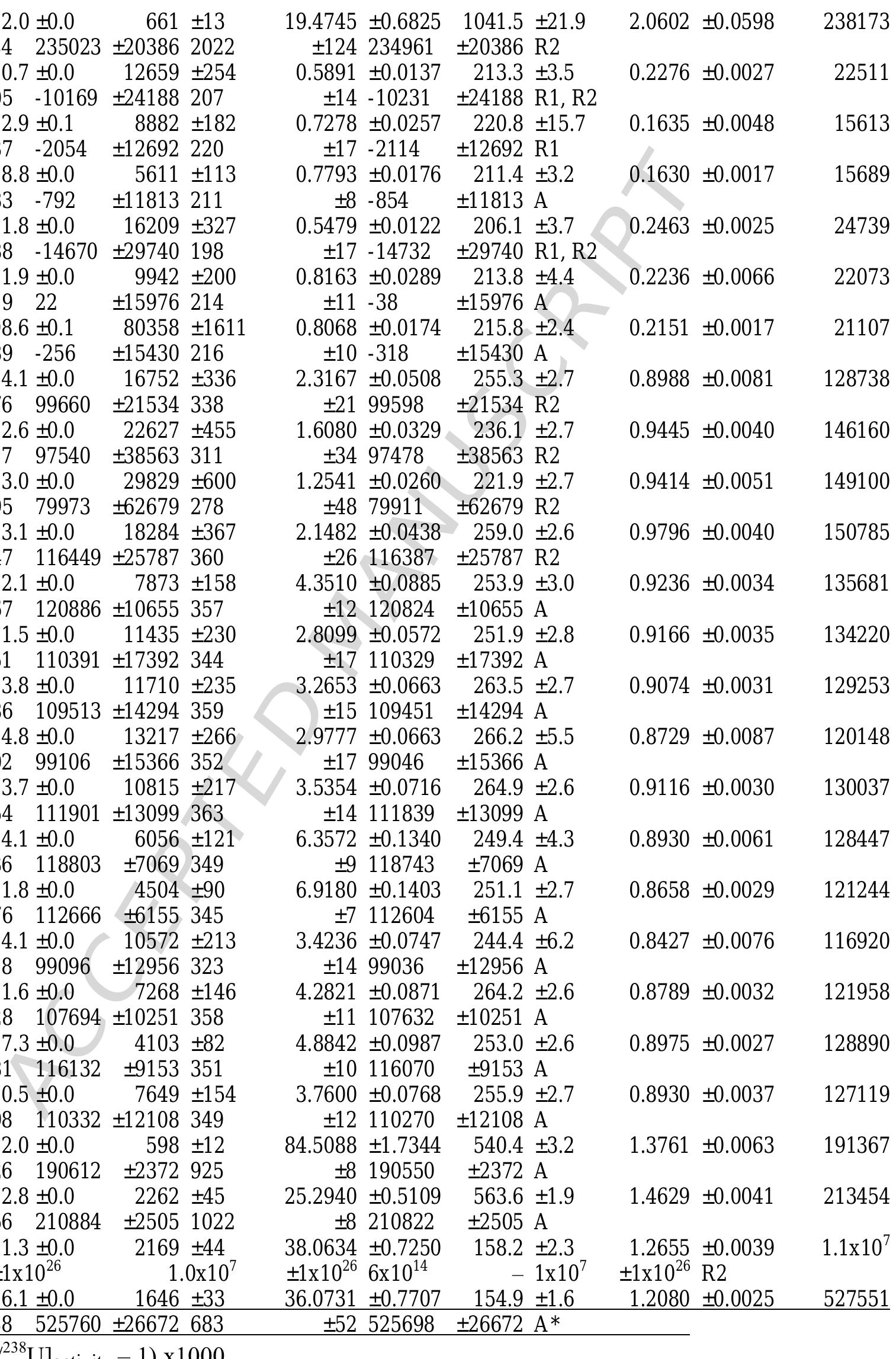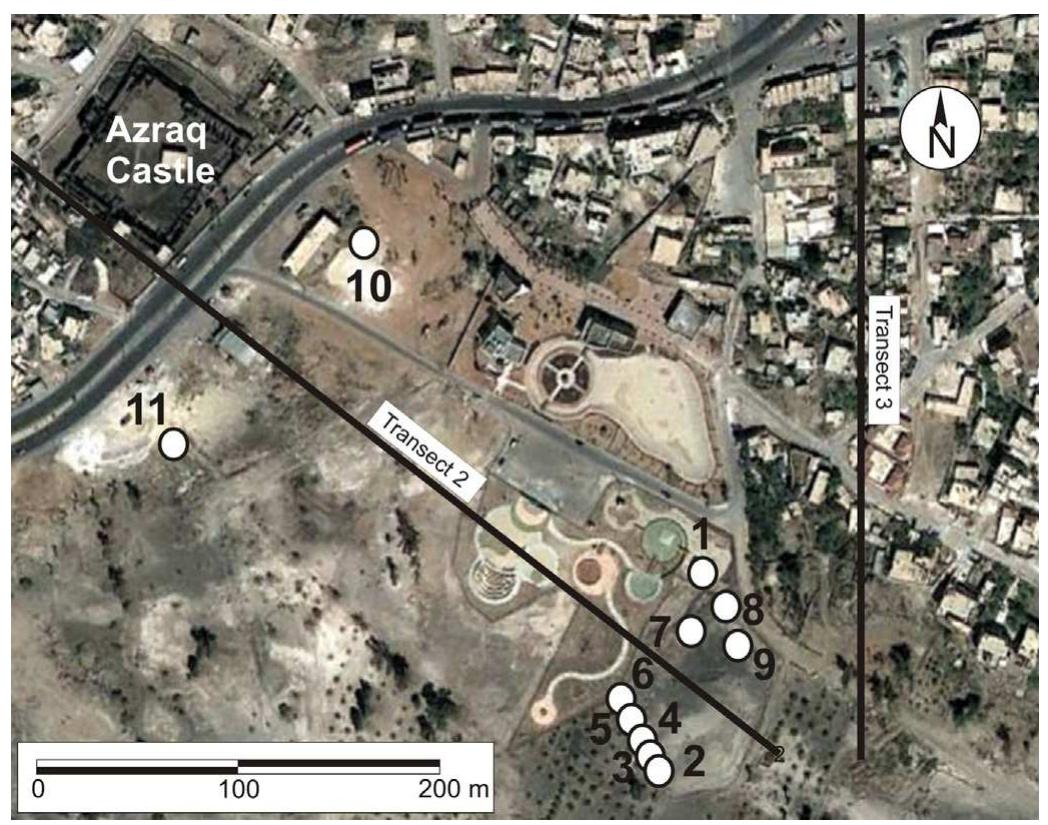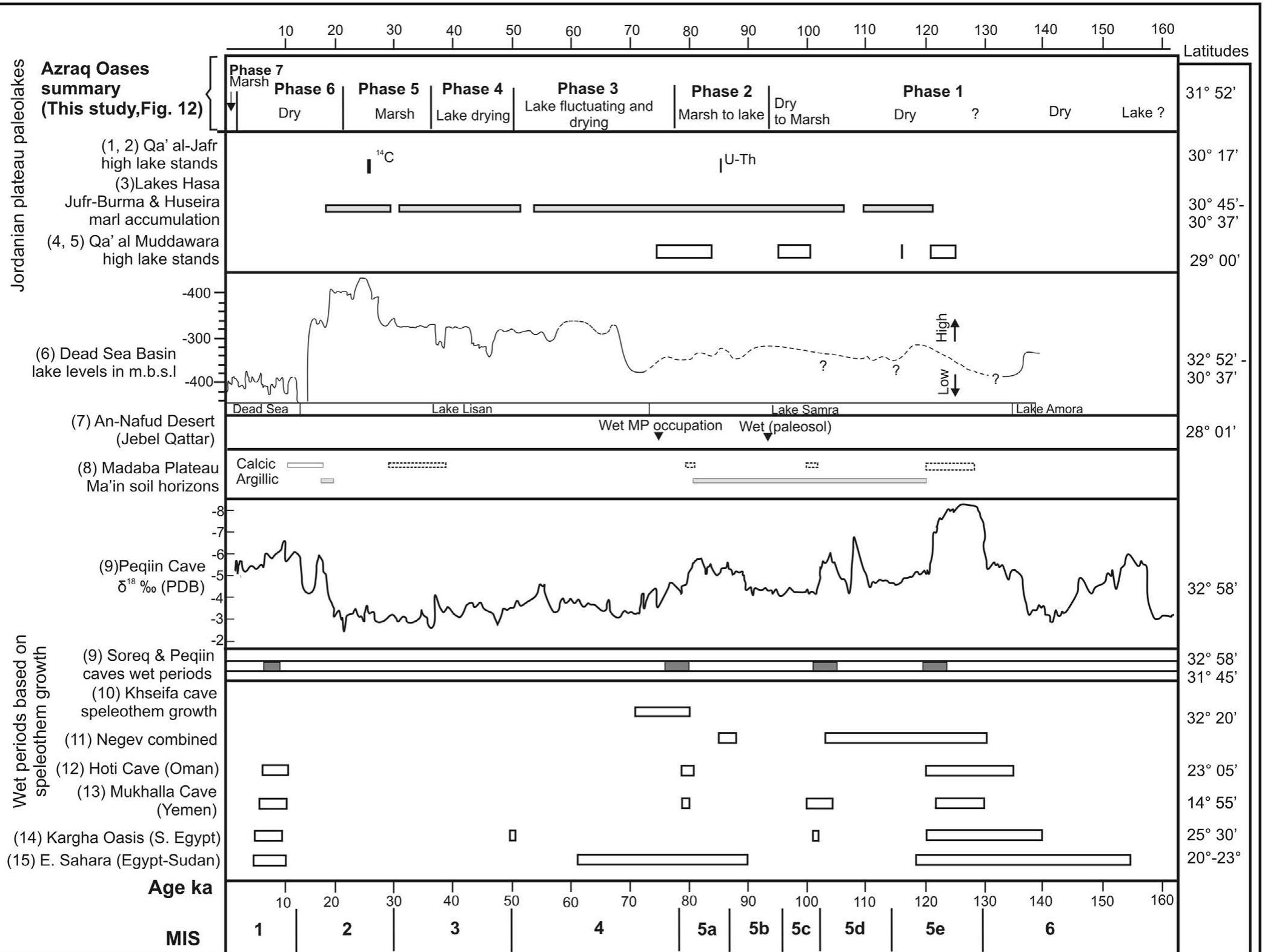Key research themes
1. How do basal thermal regimes and spatial-temporal dynamics of ice sheets influence glacial landform assemblages and geomorphology?
This research area explores the interplay between basal thermal conditions of glaciers and ice sheets (warm-based vs. cold-based ice), their temporal and spatial migration, and the resultant glacial landforms. Understanding these processes is fundamental for interpreting the genesis, overprinting, and preservation of glacial erosional and depositional features and reconstructing past ice-sheet dynamics and paleoglaciology.
2. What are the patterns, mechanisms, and forcings driving Holocene glacier fluctuations and their deviations from orbital forcing trends?
This theme investigates glacier advances and retreats across the Holocene, with an emphasis on the regional heterogeneity in glacier responses, the role of orbital (insolation) forcing, solar and volcanic influences, and additional climatic teleconnections. The research aims to disentangle natural climate variability from anthropogenic impacts and to synthesize glacier chronologies with paleoclimate proxies for improved understanding of glacier-climate dynamics during the Holocene interglacial.
3. How did the initiation, pacing, and characteristics of glacial terminations evolve across the Middle to Late Pleistocene, and what roles did orbital parameters play?
This research theme addresses the timing, drivers, and mechanisms behind glacial terminations, particularly focusing on the Middle Pleistocene Transition (MPT) when glacial cycles shifted from ~41 kyr to ~100 kyr periodicity. It investigates the influence of Earth's orbital elements such as obliquity, precession, and eccentricity on termination pacing and how internal ice-sheet and ocean system feedbacks modulated these transitions.

































